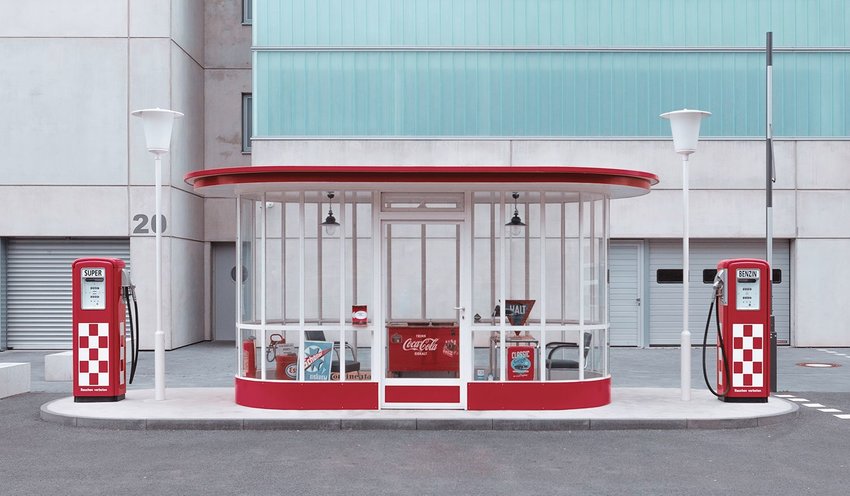What’s cool is changing faster than ever; blink and you’ll miss the latest trending topic on Twitter or Instagram. But not only is what’s cool constantly on the move, so is the actual way to express your appreciation or affection for something.
While it’s simple enough to label something as trendy, it’s less easy to stay on top of the exact word you should be using to describe something as on fleek, amaze, or snatched — the internet is pretty fickle in appropriate slang of the day. While it’s risen above its former slang status, even cool wasn’t used for describing anything but the temperature until the 1940s when African–American jazz musicians started using the expression cool cat.
While cool seems here to stay, other terms haven’t held their cool. Here are some of the most popular ways to grant a personal stamp of approval over the last century.
Bee’s knees
The 1920s had some seriously cute ways to express coolness. You could call something the cat’s pyjamas or declare, “It’s the berries!” In the ’20s, there was no shortage of slightly silly ways to express appreciation.
Swell
This charmingly retro term of endearment was originally used to describe anything that grew or increased in size. In the 1930s, however, folks began applying it to anyone (or anything) they thought was fine and dandy. The term lasted in popularity until it started being used a bit more cynically — picture a 1950s jock calling someone a swell guy with a snarl.
Gas
It makes sense that in an era when owning a car became more commonplace, and the oil industry began to boom, the term gas became synonymous with cool. In the 1940s and ’50s, youths would call each other and their favorite activities a gas, channeling a sense of effervescent energy.
Neato
Neat on its own was co-opted by teens in the 1950s as a way to describe something hip, rather than its more parent-oriented meaning of clean or orderly. By the ’60s, the kids had taken things a step further, adding a playful “oh” sound at the end to express their delight.
Far out
The psychedelic ’60s was a time to expand your horizons. Labeling something far out or groovy spoke to the counterculture — things were definitely cool if they were (far) outside the norm of what the older generations appreciated.
Gnarly
If the ’60s was all about expanding your horizons, the ’70s and ’80s were about pushing past boundaries altogether, sometimes with extreme surf-inspired slang. Expressions like radical and gnarly worked as verbal ways to tip your hat to someone or something admirable.
Awesome
First appearing on the scene in the ’80s, awesome gained traction after appearing in seminal teen flicks such as “Fast Times at Ridgemont High.” Awesome ultimately overtook similar words such as tubular, and is still considered an acceptable description of coolness to this day.
Phat
Hip-hop culture influenced coolness in many ways throughout the ’90s. From fashion to slang to technology (boomboxes anyone?), phat was just one example of calling something cool; fly, fresh, dope, tight, and bangin’ all had their origins in rap lyrics and eventually trickled into mainstream slang.
Hot
Paris Hilton spoke in the aughties, and the world listened. Declaring, “That’s hot” was a direct role reversal to the idea of coolness, even if the meanings were identical. While hot is still an acceptable alternative to cool, it’s largely tied to the physical attractiveness of a person or item. Equally sizzling is the still on-trend term straight fire to describe anything trendy.
Lit
The latest and greatest way to say cool is also on the fiery spectrum. Lit has been used as slang for drunk or intoxicated for over a century and was re-popularized over the last decade by rappers who originally used the term in a similar way. But the meaning has become synonymous with anything exciting, enjoyable, or excellent.
Photo credit: Paul Fiedler/ Unsplash

